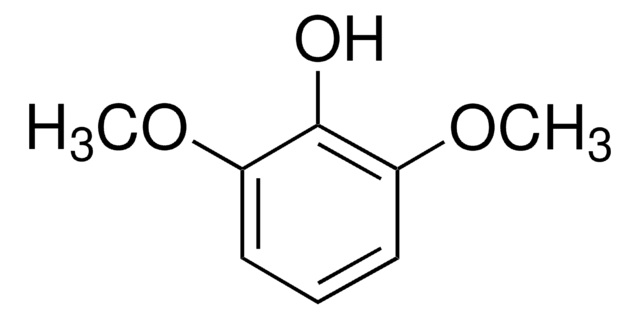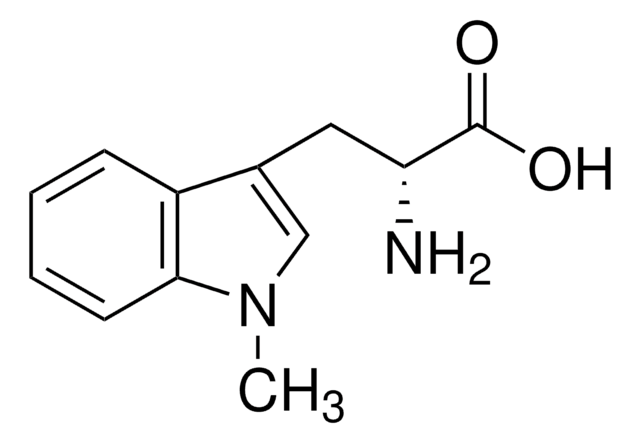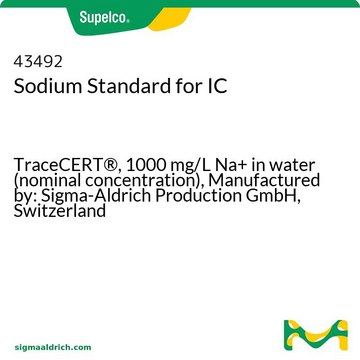V900222
Cloruro de amonio
Vetec™, reagent grade, 99%
Sinónimos:
Salmiac
Iniciar sesiónpara Ver la Fijación de precios por contrato y de la organización
About This Item
Fórmula lineal:
NH4Cl
Número de CAS:
Peso molecular:
53.49
Beilstein/REAXYS Number:
4371014
EC Number:
MDL number:
UNSPSC Code:
12352300
PubChem Substance ID:
Productos recomendados
grade
reagent grade
vapor density
1.9 (vs air)
vapor pressure
1 mmHg ( 160.4 °C)
product line
Vetec™
assay
99%
form
powder
pH
4.5-5.5 (20 °C, 50 g/L)
mp
340 °C (subl.) (lit.)
SMILES string
N.Cl
InChI
1S/ClH.H3N/h1H;1H3
InChI key
NLXLAEXVIDQMFP-UHFFFAOYSA-N
¿Está buscando productos similares? Visita Guía de comparación de productos
Application
- Ammonium chloride catalyzed Knoevenagel condensation in PEG-400 as ecofriendly solvent.: The research demonstrates the use of ammonium chloride as a catalyst for the Knoevenagel condensation reaction in an ecofriendly solvent (PEG-400). This highlights the potential for sustainable chemical processes using ammonium chloride (Indian Journal of Chemistry -Section B, 2021).
- Recovery of Vanadium by ammonium chloride precipitation method using response surface methodology.: This study investigates the recovery of vanadium using ammonium chloride precipitation. The results show that a high recovery rate of over 90% can be achieved, demonstrating the efficacy of ammonium chloride in metal recovery processes (Gharagozlou et al., 2021).
- Ammonium Escorted Chloride Chemistry in Stabilizing Aqueous Chloride Ion Battery.: This paper discusses the stabilization of aqueous chloride ion batteries using ammonium chloride, which enhances battery performance and longevity. The research provides insights into the development of advanced energy storage systems (Sun et al., 2022).
Legal Information
Vetec is a trademark of Merck KGaA, Darmstadt, Germany
signalword
Warning
hcodes
Hazard Classifications
Acute Tox. 4 Oral - Eye Irrit. 2
Storage Class
13 - Non Combustible Solids
wgk_germany
WGK 1
flash_point_f
Not applicable
flash_point_c
Not applicable
Elija entre una de las versiones más recientes:
¿Ya tiene este producto?
Encuentre la documentación para los productos que ha comprado recientemente en la Biblioteca de documentos.
Alexander J F Egan et al.
Proceedings of the National Academy of Sciences of the United States of America, 111(22), 8197-8202 (2014-05-14)
Bacteria surround their cytoplasmic membrane with an essential, stress-bearing peptidoglycan (PG) layer. Growing and dividing cells expand their PG layer by using membrane-anchored PG synthases, which are guided by dynamic cytoskeletal elements. In Escherichia coli, growth of the mainly single-layered
Allison L Boyd et al.
The Journal of experimental medicine, 211(10), 1925-1935 (2014-09-03)
Allogeneic hematopoietic stem cell (HSC) transplantation (HSCT) is currently the leading strategy to manage acute myeloid leukemia (AML). However, treatment-related morbidity limits the patient generalizability of HSCT use, and the survival of leukemic stem cells (LSCs) within protective areas of
Christine Burkard et al.
PloS one, 9(7), e101762-e101762 (2014-07-16)
Studies of viral entry into host cells often rely on the detection of post-entry parameters, such as viral replication or the expression of a reporter gene, rather than on measuring entry per se. The lack of assays to easily detect
Cyrill A Rentsch et al.
European urology, 66(4), 677-688 (2014-03-29)
Whether the commonly used bacillus Calmette-Guérin (BCG) strains Connaught and Tice confer different treatment responses in non-muscle-invasive bladder cancer (NMIBC) is unknown. To compare clinical efficacy, immunogenicity, and genetics of BCG Connaught and Tice. A prospective randomized single-institution trial with
Sewa Rijal et al.
Blood, 125(18), 2815-2824 (2015-03-05)
Phosphoinositide signaling regulates diverse cellular functions. Phosphoinositide-3 kinase (PI3K) generates PtdIns(3,4,5)P3 and PtdIns(3,4)P2, leading to the activation of proliferative and anti-apoptotic signaling pathways. Termination of phosphoinositide signaling requires hydrolysis of inositol ring phosphate groups through the actions of PtdIns(3,4,5)P3 3-phosphatase
Nuestro equipo de científicos tiene experiencia en todas las áreas de investigación: Ciencias de la vida, Ciencia de los materiales, Síntesis química, Cromatografía, Analítica y muchas otras.
Póngase en contacto con el Servicio técnico






